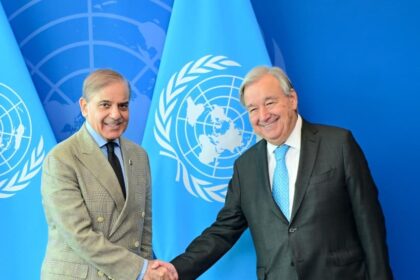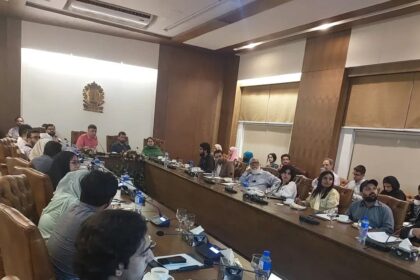The Sustainable Development Policy Institute launched a study in Islamabad promoting a regulatory sandbox to reform the power sector subsidy regime by integrating rooftop solar into residential and industrial settings. The proposal pairs tariff rationalization with direct social protection measures to aim for a more sustainable and equitable energy system.
Moderating the dialogue, Zainab Babar of SDPI outlined how the Tariff Differential Subsidy has become a fiscal strain, noting nearly 60 percent of domestic consumers are classified as protected despite many not being the most vulnerable. She warned that industries are increasingly turning to expensive self-generation, and stressed the need to redesign support so that vulnerable households retain affordable access while encouraging industries to remain on the grid.
SDPI’s analysis shows Pakistan has provided roughly Rs 4.3 trillion in energy subsidies since FY2011, with peaks of Rs 726 billion in FY2021–22 and Rs 724 billion in FY2022–23, and a budgeted Rs 400 billion for FY2025–26. The institute’s model recommends eliminating cross-subsidies and shifting to direct support mechanisms, including the provision of solar panels to eligible households to replace recurring cash transfers.
Dr Khalid Waleed, energy economist at SDPI, argued that tariff rationalization combined with solar-based self-generation can reduce fiscal burdens, raise productivity and lower bills for consumers. He described rooftop solar as a one-time productivity investment that can reduce reliance on imported fuels and break the cycle of low demand and high capacity charges.
Dr Fareeha Armughan highlighted that an asset-based approach is preferable to cash transfers, pointing to the BISP National Socio-Economic Registry which covers 10 million households as a potential platform for distributing solar assets. Linking social protection databases to clean energy support would, she said, improve targeting and program efficiency.
Sarim Zia presented sandbox scenario outcomes showing that a 2KW rooftop system costs about Rs 75,000 and can provide up to 10 hours of daily coverage for many households. He said that combining solar integration with tariff reform would lower consumer bills, restore demand on the grid and reduce the government’s subsidy burden, while complementary measures such as NEECA’s energy-efficient fan project could further improve cost efficiency.
Waqas Moosa of the Pakistan Solar Association urged a reassessment of the government’s subsidy design and recommended integrating energy storage at grid level. He cautioned that focusing subsidies narrowly on consumers using under 200 units risks limiting impact and that plans must address households that lack rooftop access to ensure inclusive solar adoption.
From the World Bank, Minahil noted the high exclusion rate in the current subsidy system and emphasized the need for strong social safety net commitment to identify and reach real beneficiaries for solar adoption. Mustafa Amjad of Renewables First supported transforming subsidies into asset-based energy investments, calling for provincial ownership and community-level implementation to make solar subsidy reforms durable and locally effective.











